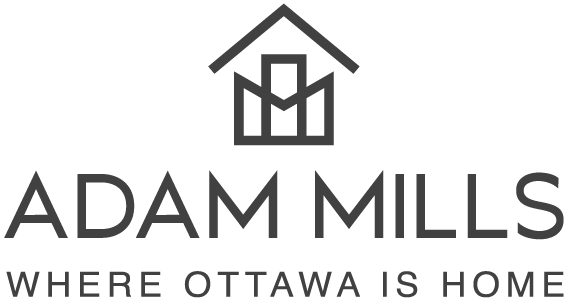Bill 23, More Homes Built Faster Act, 2022, was passed into legislation in October of 2022 and is currently in effect.
What is Bill 23?
The Bill proposes extensive changes to several Acts and regulations, including the Development Charges Act, Planning Act, Municipal Act, and others.
These changes have been broken into categories such as housing, financial implications, parkland, heritage and sustainability.
Bill 23 has changed several vital areas of land use planning, including:
- Allowing up to 3 units on any lot in all urban-serviced parts of the city
- The City of Ottawa will no longer be able to regulate a minimum size of such units
- There is no requirement for more than 1 parking space per unit
- Buildings with 10 units or fewer are exempt from Site Plan Control
- Site Plan no longer has control over building exteriors, including materials used
- Landscaping features in the right-of-way are not included in Site Plan until they touch on health, safety & accessibility.
Bill 23 eliminates exclusionary zoning, reduces the charges the City can collect for development, parkland, and community benefits, and significantly restrains the City’s ability to protect existing rental stock through by-laws and build more affordable housing. Among other points. Changes to the Official Plan include extending the urban boundaries by hundreds of acres.
You can learn more about Bill 23 & its impact on Ottawa here.
So, How will Bill 23 Help to Make Housing More Affordable?
The bill was proposed to increase housing supply and affordability by forcing municipalities to reduce the charges they levy on developers. Its mandate called for creating 1.5 million new homes, mainly across Southern Ontario, by 2031.
But the truth is, the Bill may do more harm than good.
The province’s own Housing Affordability Task Force reported no need to extend urban development into the Greenbelt to reach their housing targets.
It’s also worth noting that based on population growth and the average number of people per household, to meet housing needs, Ontario would only need to create approximately 60,000 new homes per year instead of the targeting 150,000 needed to reach the goal of 1.5 million in 2031. Between 2016 and 2021, on average, there were 79,000 housing starts per year across Ontario, which indicates housing supply is not our core issue regarding affordability.
In terms of affordable housing, what’s most needed is housing that caters to lower-income households that need livable homes. This also includes affordable rental units that meet living standards and remain affordable as the housing market fluctuates.
Long story short, Bill 23 will have many implications for Ontario. Not all of which will be positive.

